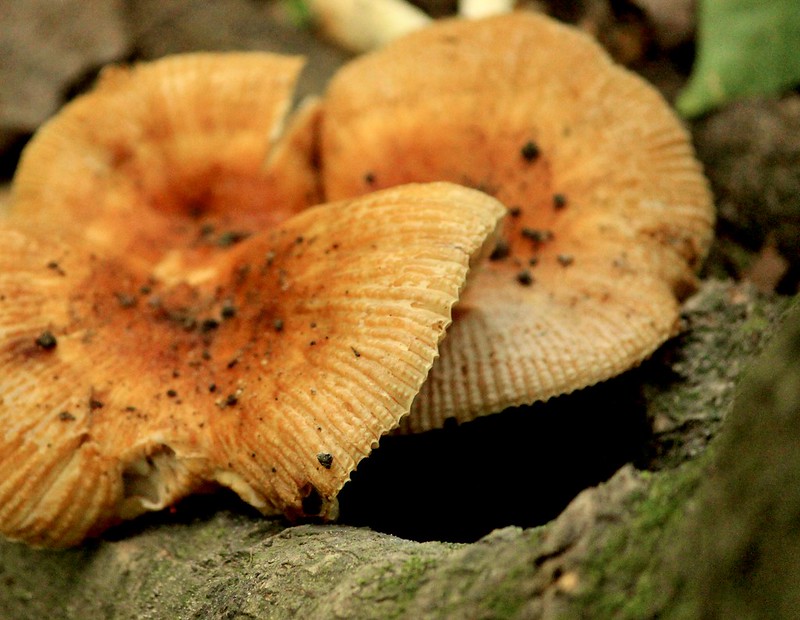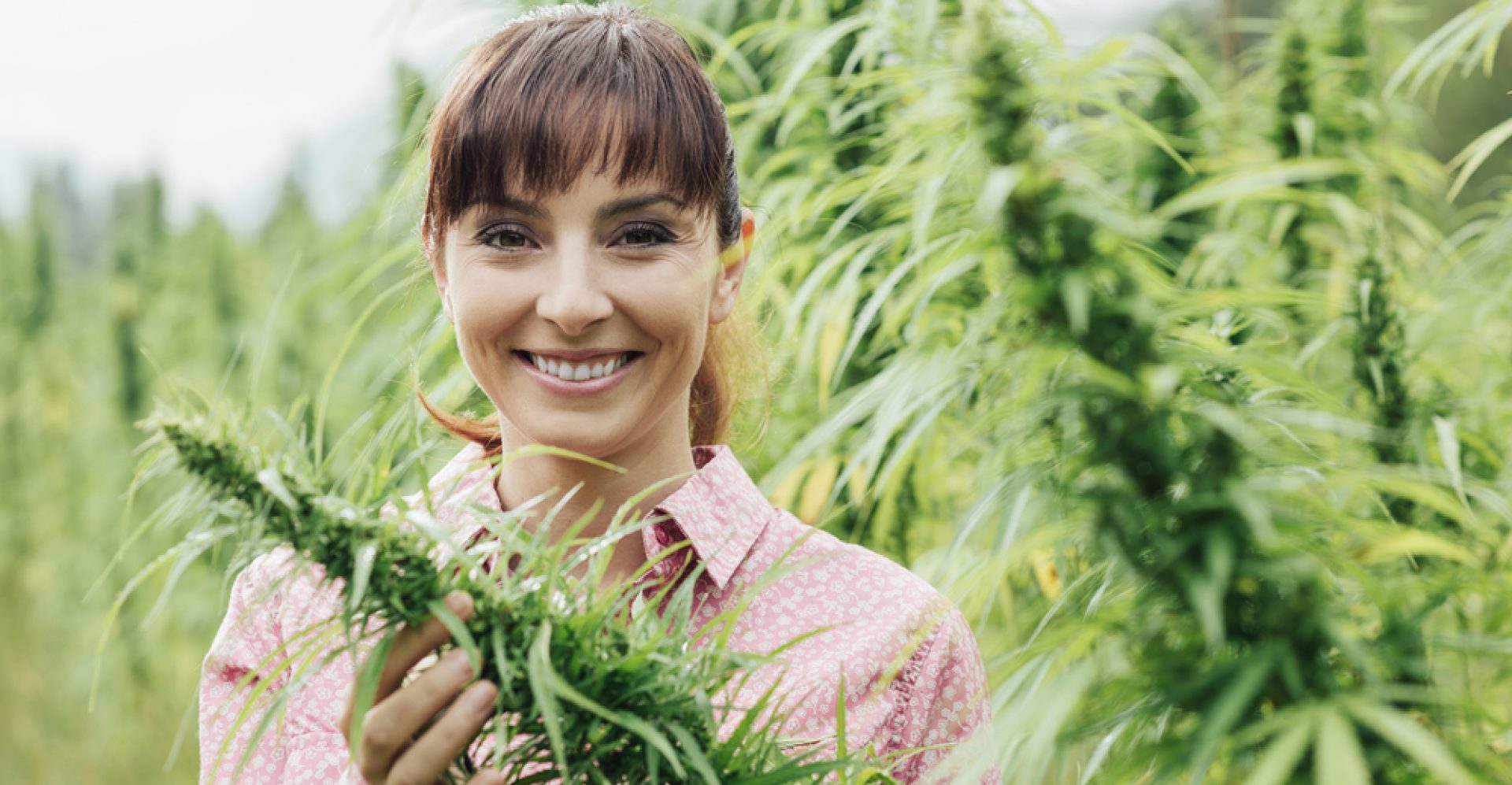
Magic mushrooms, also called magic mushrooms or psilocins, are an informal, polyphyletic group of pungently-hued fungi which contain psilocin and psiloguanin. Biological genera comprising magic mushrooms include Panaeolus (Psilocybine) as well as Gymnopilus (Psilocins) and Inocybine.
Psilocins are found in mushroom bodies, which are pores that secrete the mushrooms’ reproductive secretions. A mushroom’s body usually contains many mushroom body parts, including spores and stem tissues, which are then transported to a mushroom shaker where they are mixed with some form of alcohol, generally vodka or gin, and placed under a UV light.
After being exposed to the light, the mushrooms become transparent because the psilocystin-containing material has been broken down into tiny particles, or peptides, which are then separated from the body material by the process of photosynthesis. These peptides then travel through the digestive system and pass on to the liver, where they are metabolized into psilocystins, which form the mushroom’s active ingredients. The inactive forms of the mushroom’s substances are excreted by the liver, or excreted in the urine of the human host, which is how the mushrooms get their name.
Magic mushrooms are thought to have originated in India, which is known for its use of pungent plants and spices such as curry leaves, turmeric and cumin seeds. These substances are thought to have attracted the attention of explorers and travelers, who then began to notice mushrooms growing in local fields. Some believe these mushrooms were used as a healing agent in ancient times. While this might be true, it is also suspected that the mushroom, although it had medicinal uses at that time, was being used for recreational purposes.
Magic mushrooms were first introduced to Western civilization during World War II when Allied soldiers used them in order to combat fatigue and to increase sexual drive. This has since led to the use of mushrooms in an array of different concoctions and dishes, and their popularity among consumers.
In Japan, mushrooms are often considered sacred. Although most mushrooms used in Japanese cooking are edible, there are those which are not, such as Shimekari, which are believed to contain dangerous amounts of toxic compounds and must not be eaten. Even mushrooms that are poisonous are not eaten on their own, because they are consumed as part of other dishes.
While it is not exactly clear how mushrooms work, there are theories regarding how they could act to treat a person. According to one theory, if someone is exposed to a high enough dosage of magic mushrooms, their minds will be altered in such a way that they may experience altered states of consciousness and come to realize that they are in control of their bodily functions, and can make choices about their health. Another theory states that mushrooms help to cure a number of psychological illnesses, such as schizophrenia, obsessive compulsive disorder, depression, anxiety and even panic attacks.
The truth is, mushrooms are a very interesting subject, but as with any other new medical condition, it is best to consult your physician before taking any mushrooms. If you think that you may be allergic, make sure you consult with your doctor. if you have never eaten mushrooms before or if you have any particular health conditions. If you do not consult your doctor, be sure to read through the instructions carefully before consuming mushrooms buy shrooms online
